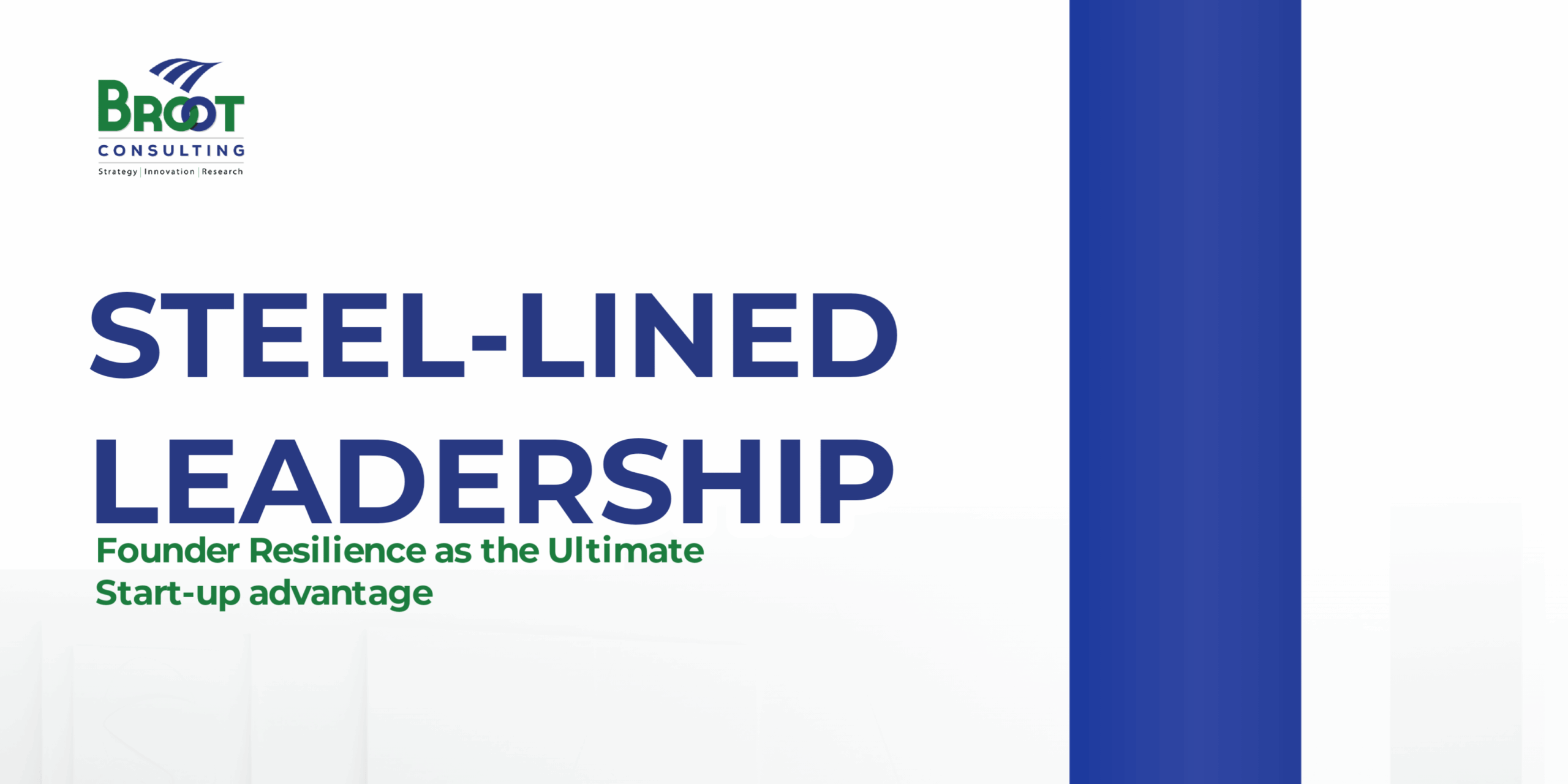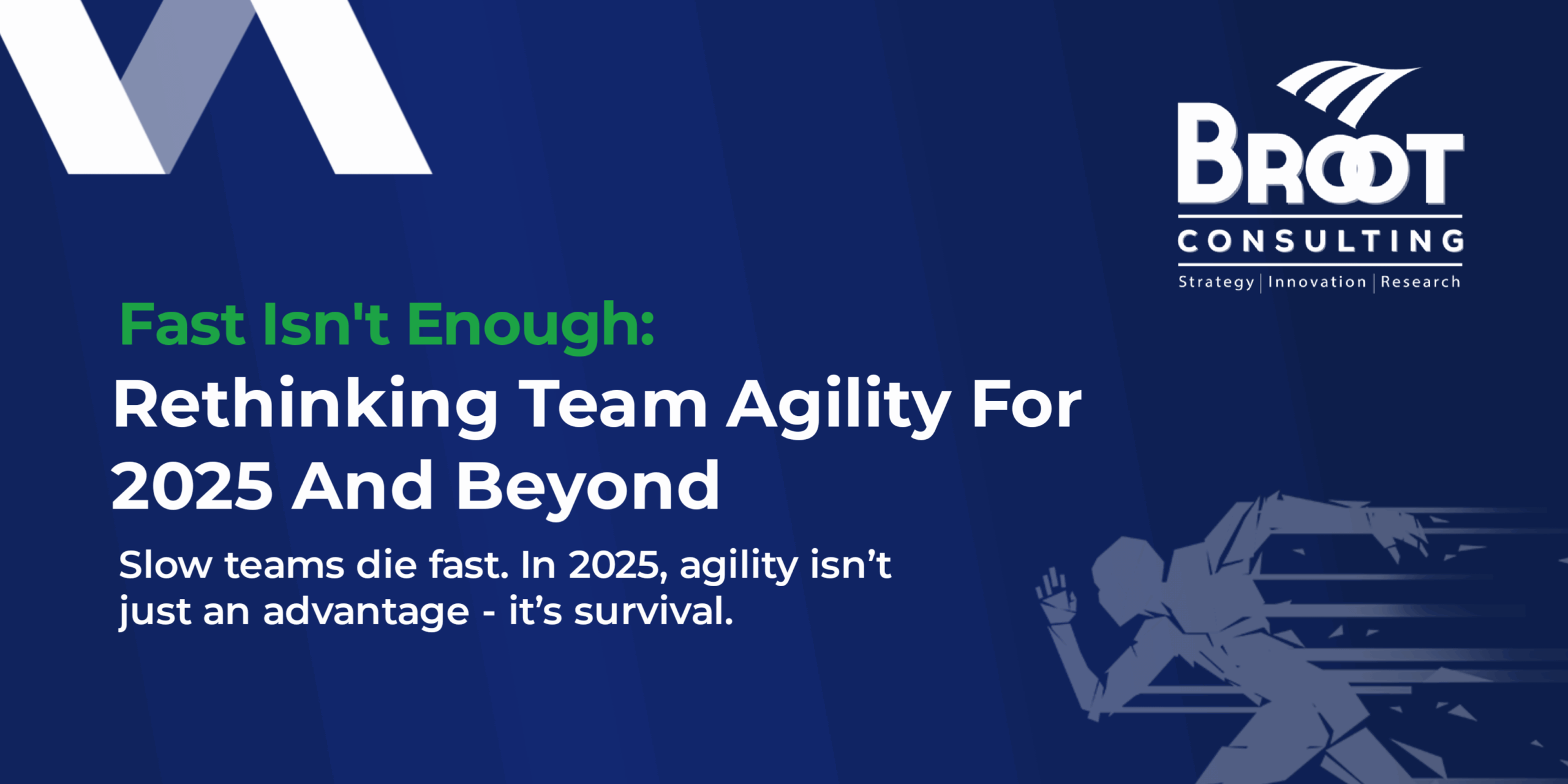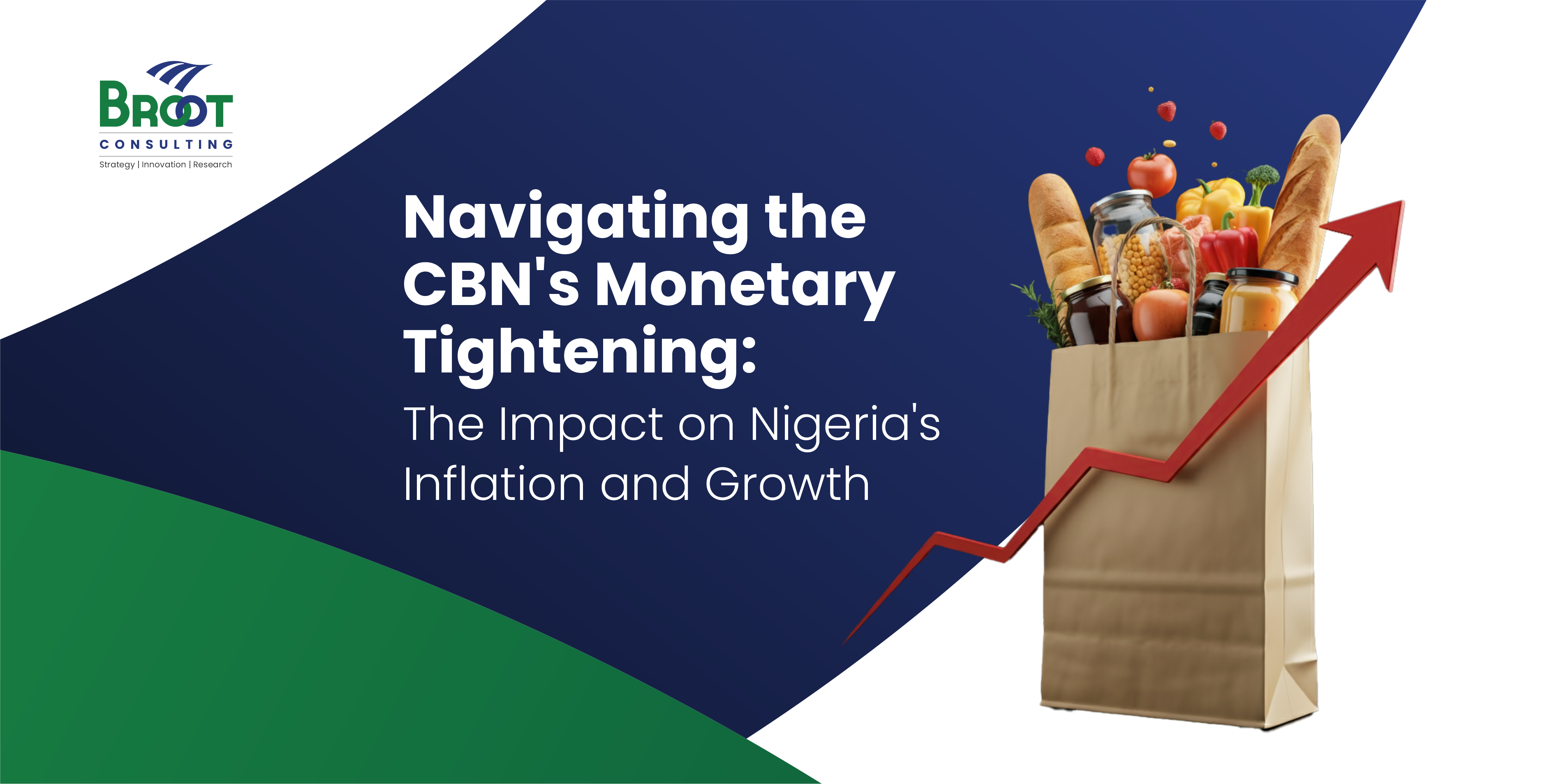There is a need to raise tempered radicals that can act as critics of the status quo of abusive actions against women in our society.
The “crisis” or “iceberg” called “abuse” has yet grown tremendously or should we say, is beginning to attract rapt attention in African society today, and one wonders why this was not so in the past. Is it that abuse is now on the increase or ignorance of what abuse is or the culture of silence around the notion is responsible for its poor attention in the past? Abuse can be sometimes, men against women, women against men or even against children, but more alarming is abuse against women.
Abuse against women in all its forms are a daily reality globally; it is found in every form of relationships: workplace, religious, family or spousal relationship. Surprisingly, it can go unnoticed or with only a fraction receiving help basically because many of violence were usually shrouded in secrecy, some are even classified by victims’ families as ” family affair”. especially in African society. Unfortunately, studies have shown that the impact of domestic violence against women could be trans-generational.
These abuses can be physical or psychological. The drivers of abuse are rooted in social norms, including the use of violent discipline, violence against women and community beliefs, all of which increase vulnerability and susceptibility. This menace also has its way of impeding the professional and career growth of women. A recent investigation by journal of family violence in 2015 further establish that abusive relationships affects and disrupts components of career development and career planning, daily work activities, career advancement, career identity, professional reputation, and opportunities for career advancement and even financial stability. This article however is focused on abuse against women which includes intimate partner abuse and sexual violence against women. Estimates published by WHO indicates that globally about 1 in 3 (30%) of women worldwide have been subjected to either physical and/or sexual intimate partner violence or non-partner sexual violence in their lifetime. The conflicting situation faced by women having to hold their stance against abuse from other gender and also maintaining good standing in the society is visible, predictable, and stressful. Women face significant pressure to conform to religious expectations standards and the dominant culture of the society as well as to live up to values, and identities based in community. It is observed that sometimes rejecting abuse from intimate partner can lead to stereotypes or subjected to extra tests of competence and loyalty. Some women have been sidelined from involving in religious rites because they refuse a partner termed abusive, such women are tagged stubborn or un-submissive.
In Nigeria, reports reveal a skyrocketed increase of abuse against women (Afrol News, 2007) and that a third (and in some cases two-thirds) of women are believed to have been subjected to physical, sexual and psychological violence carried out primarily by husbands, partners and fathers, Amnesty international. In some cases women are blamed for abusive actions against them. This has left many women disheartened by feelings of fraudulence and loss against them as they try to fit into the dominant culture in Nigeria. The availability of data on violence against women has improved considerably in recent years and data on the prevalence of intimate partner violence is now available for at least 106 countries in fact evidently in one of UNICEF report, in 2020, there was a peak in reported cases of Sexual and Gender-Based Violence. Most violence against women is perpetuated by current or former husbands or intimate partners. More than 640 million women aged 15 and older have been subjected to intimate partner violence (26 per cent of women aged 15 and older). Of those who have been in a relationship, almost one in four adolescent girls aged 15–19 (24 per cent) have experienced physical and/or sexual violence from an intimate partner or husband. Globally, violence against women disproportionately affects low- and lower-middle-income countries and regions. In 2018, for every 10 victims of human trafficking detected globally, about five were adult women. At least 200 million women and girls, aged 15–49 years, have undergone female genital mutilation in 31 countries where the practice is concentrated according to NCADV. Half of these countries are in West Africa; exposure to violence was highest among women in Kenya (80%), Morocco (69%), Jordan (49%), and Nigeria (48%) according to one of United Nations Women report. There is initial evidence of intensification of violence against women across the globe and in Nigeria despite most of these cases are submerged, allegedly invisible to society reported cases of domestic violence are 10,007 between May 2019 and August 26, 2021 in Lagos.
Abuse against women has been recognized as a public health problem with far-reaching consequences for the physical, reproductive, and mental health of women. The ecological framework portrays intimate/ non intimate partner violence is a multifaceted phenomenon, demonstrating the interplay of factors at different levels: individual, community, and the larger society. Culture crisis is definitely happening now in relation to abuse towards women, many cultures in the Africa have encouraged women abuse which are now rejected by many today as globalization and modernization increase. An example is, traditionally, in Nigeria, as in many other African countries, the beating of wives and children is widely sanctioned as a form of discipline (UNICEF, 2001). In a situation where tradition transmitted, including the folkways and mores and the religious beliefs that fosters are being rejected and are replaced with new ones; that is “culture crisis” and culture crisis abuse is long overdue. However, despite many efforts have been strategically channeled towards the alleviation of abuse towards women in the society, many underlying cultures in the society encourages it which has made eradication of abuse a tall order. No doubt with the reality of culture crisis around female abuse it becomes obvious that to eliminate a problem is to eliminate its source. Of course, it’s humanly impossible for us to go around and stop every rape, assault or act of abuse when it occurs but by helping people become more aware of cultural influences and how they can contribute to domestic violence and sexual assault against women such violence can be prevented before it starts since most substantial percentage of abuse reported that most abuse against women are from neighborhood, and in their circle of friends and family. The cultural influences of abuse towards woman had made it difficult to effect some change. For instance, some women are brought up to always subject themselves to males needs and some males are brought by parents to think of themselves as Alpha which means societal factors that influence rates of violence against women are those that create an acceptable climate for violence, a in case of most Nigerians homes especially amongst illiterates. Amongst those who hold this ideology abuse therefore functions as a means of enforcing conformity with the role of a woman within customary society. It therefore does not matter if the woman is economically dependent or not, her position remains subordinate.
The Quiet Way of a Tempered Radical Change Model
It became very clear that there are a lot of people who feel somehow different with this barbaric culture and want to be true to themselves, most of all, they want to make positive change, and this is why Tempered Radical approach may be one of the good fits for eradicating this abuse. Tempered Radicals, as defined in Meyerson’s earlier works, are those who share an outsider/insider identity in groups or organizations and who seek to make things better for themselves and others and it can be established that society who seek to make things better themselves Therefore, tempered radicals approach are set to think ‘out of the box’ because they are not fully in the box. It is an initiative towards abuse that will create quiet catalysts who push back against prevailing norms, create learning, and lay the ground work for slow but ongoing organizational and social change. Using tempered radical approach to challenge social attitudes towards violence against women is a good example of a public education effort to change the social climate of silence, tolerance and inhibition.
This approach is what we personally refers to as the leaven-lump model, coined from the popular bakers’ practice of adding a little leaven to a flour that spread to affect the whole dough. Even though the downside of this model is that it may take an unusually long, enduring time in achieving its purpose, it mitigates the friction and resentment that bedevils the barefaced radical-revolutionary approach that characterizes classical historical cases of culture change over the century. It is best suited to practice in an institution or corporate entities within the society. However, it bears some remarkable similarities with the un-tempered radical approach, in that it start with a loner with a strong conviction about the new culture they seek to instill within their given spheres of influence. The Tempered Radical culture change model rides on disruptive self-expression, verbal Jiu jitsu, variable term opportunism and strategic alliance building. In a seemingly slow but sure way. It is a change model that everyone can initiate within a localized space, it is sustainably less disruptive and more diffuse and modest. In the wake of these systemic abusive culture and the collapse of our cultural ethical grids on many frontiers that constitutes our social order, the voice of these new species of radicals is needed to restore our lost moral ethical order both in our boardrooms, bedrooms and schoolrooms.
Action Points for Abusive Culture Change in the Tempered way
A guided approach in the implementation of the tempered radical change playbook in combating an abusive cultural and systemic order is further discussed. Haven established that the leading loner is sufficiently imbue with the moral courage to lead this change, he or she may then adopt the following steps in stemming the ugly trends of abusive culture against women.
The tempered radical could adorn a symbolic expression that speaks of the new culture that is all inclusive and devoid of abuse against women this could be in the form of a captions on the T-shirts, hand bands and other dress styles. This would serve as a means of drawing attention to the new culture. Furthermore, the one in the vanguard of this approach, must then seek opportunities to counteract statements in support of the prevailing culture of abuse with a superior well-reasoned restatements. This could have the effect of becoming the leading mantra, or becoming the new trendy hashtag that forces people to start thinking seriously about the new non-abusive culture of the Tempered Radical. Finally, at this stage, the Tempered Radical graduates from being a loner to building an alliance with like-minded allies, who also feel the same way. This gives much more legitimacy to the new culture that at this juncture might now have gained a critical mass of followers and trendy enough to redefine the narrative, thus, morphing into accepted norm. Indeed culture change management and transformative leadership is at the heart of this model. This process might not be as simple as it sounds, the involvement of a change expert might be necessary. Therefore, institutions must seek Consultants with years of experience in facilitating these change initiatives in social and corporate spaces; those with knowledge in culture assessment, structured trainings on culture change and practical organizational culture transformation projects and more.
.

Adeola Ojoawo, PhD.
Director Brand Growth & Strategy BROOT Consulting
.
.
John Aiyede.
Snr. Research Analyst BROOT Consulting




